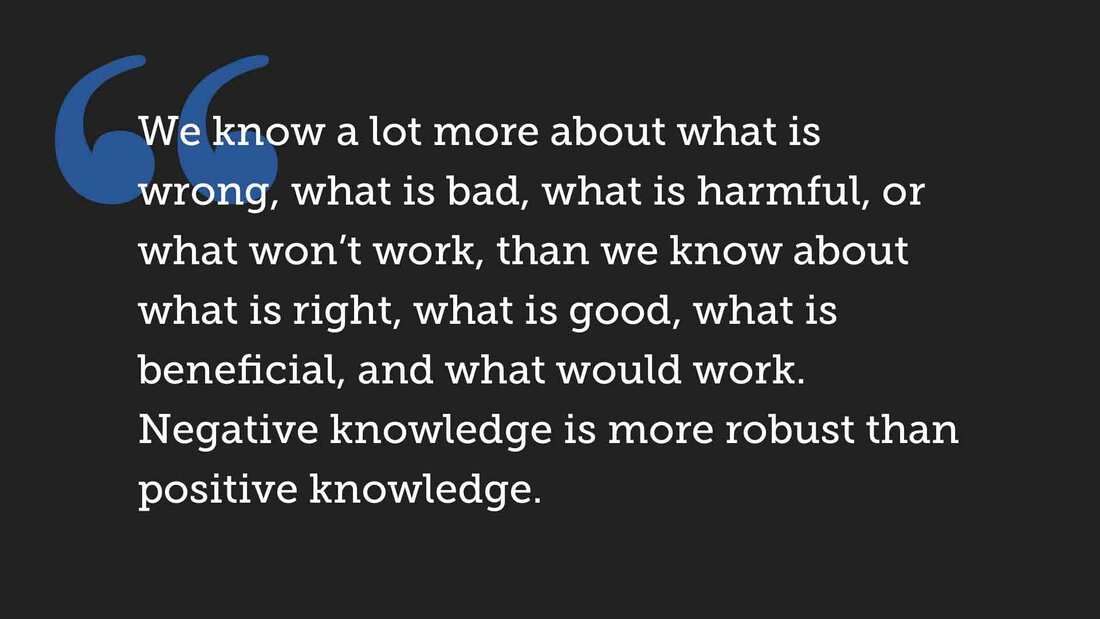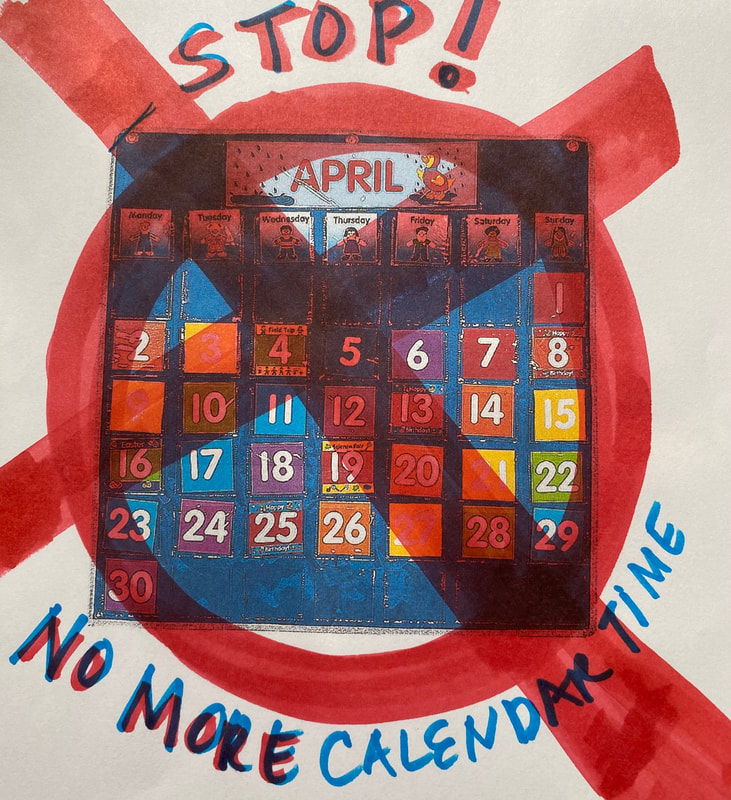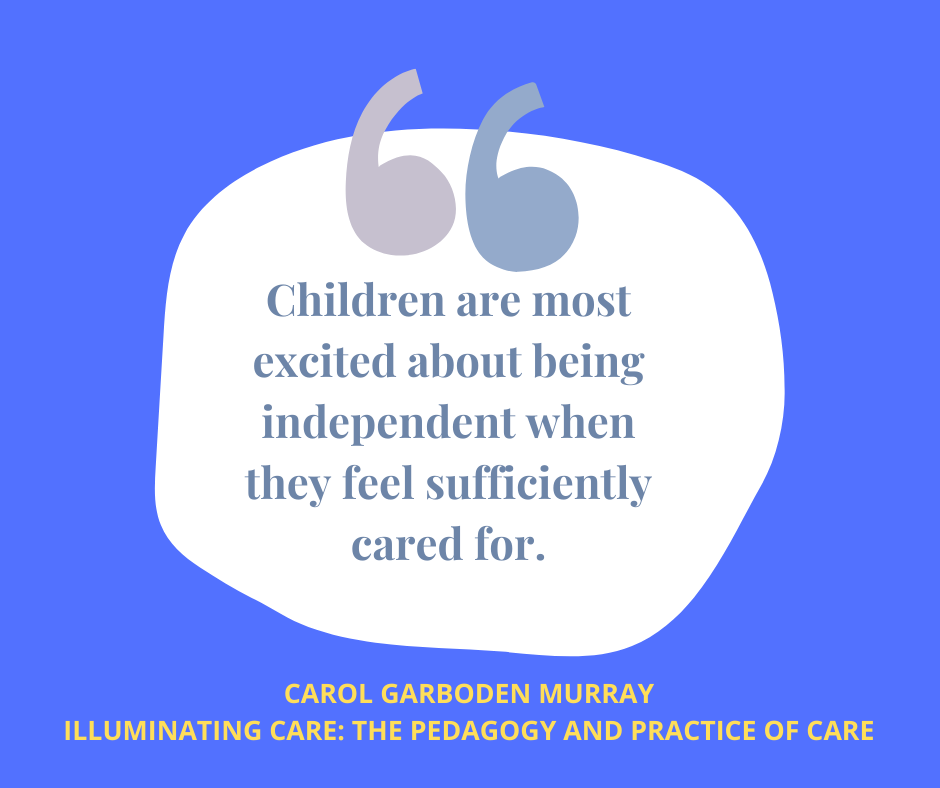I first heard the phrase Via Negativa from the poet David Whyte As he would describe it, Via Negativa is what we must say NO to in life to find the next step that serves our deeper unfolding.
2 Comments
Early childhood teachers are suffering from a collective identity crisis. For years, we've been standing in defense, trying to justify our profession by borrowing language and imagery that is not our own. We've been trying to align with K-12 teachers, and while doing so, we have reached outside of our field to use someone else's language, imagery, and practice in attempt to show that we are "real" teachers.
|
Carol Garboden Murray, M.Ed.Archives
July 2022
Categories |



 RSS Feed
RSS Feed